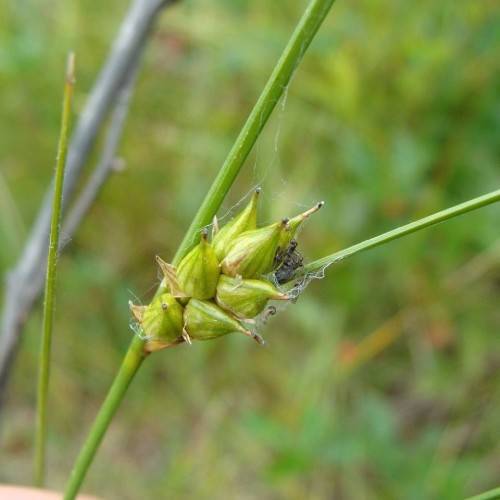
Few Seed Sedge
Carex oligosperma
Watering:
Minimal
Hardiness Zone:
Flowers:
Flowers
Sun:
Sun
Soil:
Sand
Leaf:
Yes
Growth Rate:
Low
Drought Tolerant:
Yes
Salt Tolerant:
Yes
Care Level:
Low
watering
When watering Blunt Sedge, water it deeply and infrequently to make sure the roots get the moisture they need. In general, this type of plant should be watered 1-2 times a week depending on the weather. When you do water, use enough water to reach the root zone, which should take about 10 minutes for each watering. During periods of extreme heat, you may need to water more often. In colder weather, watering can be reduced. Make sure that the soil remains moist, but not soggy. Check the soil before watering each time to make sure it is not too dry or too wet.
sunlight
Blunt Sedge (Carex obtusata) will do best in full sun or part shade conditions with at least 4 hours of sunlight per day. They are considered somewhat shade tolerant so they can also do well in areas with less sun exposure. During the summer months, plants should be provided with the most amount of sun possible, with additional protection during the hottest points of the day. During the cooler months, including winter, partial shade or dappled sun is recommended as the sunlight can be quite intense.
pruning
Blunt Sedge should be pruned once per year, typically in late spring or early summer. Pruning should be done by removing dead, pale, or otherwise damaged foliage, which enhances the plants overall appearance and prevents it from becoming overgrown. Light pruning should be performed if desired, such as removing dead flower heads or cutting the top of the foliage to a desired shape. However, it is important not to prune too heavily, as this can lead to disease or an unhealthy appearance. The best time of year to prune is when the plant is actively growing, usually in the spring or early summer, as this helps to promote healthy plant growth.
